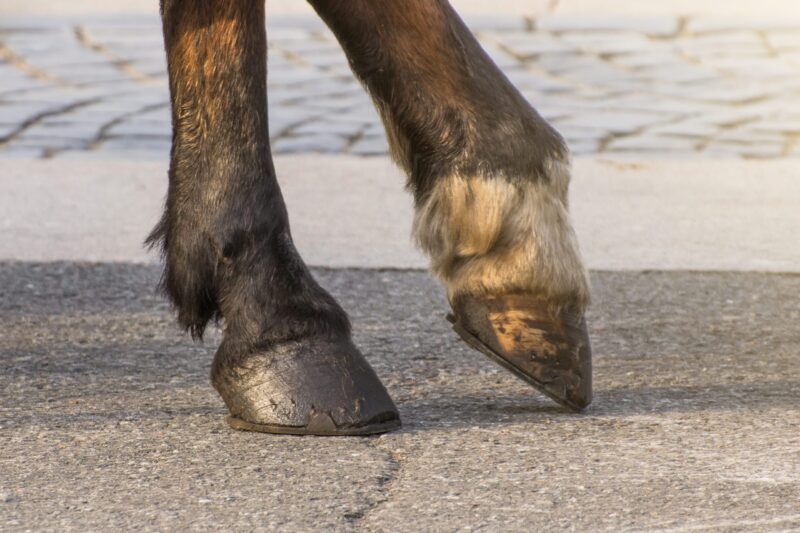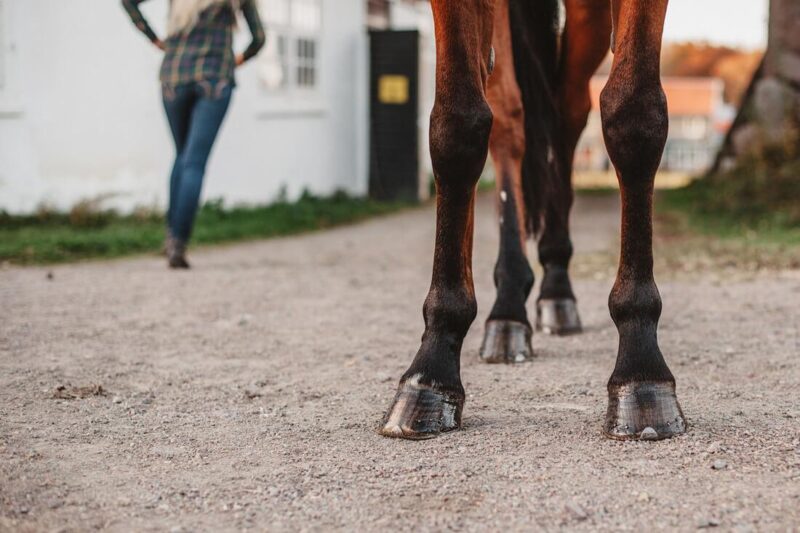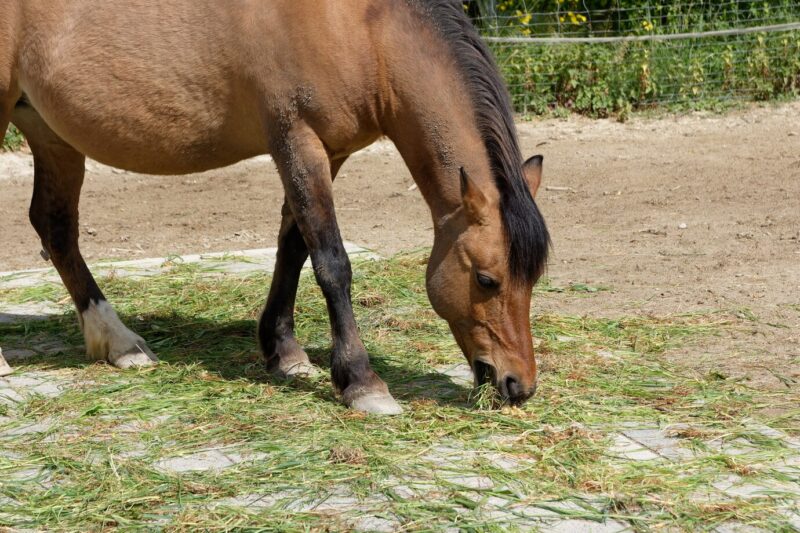When it comes to the health of a horses hooves, one common issue that can have a significant impact is thrush. Thrush is a bacterial infection that can affect the frog of the hoof, leading to decay and discomfort for the horse.
Farriers, who are skilled in hoof care and maintenance, play a crucial role in managing and treating thrush to promote healthy hoof growth. In this article, we will delve into three key insights from farriers on how thrush can impact hoof growth and what strategies can be implemented to address this issue effectively.
By understanding the importance of hoof health and the role thrush plays in hindering growth, horse owners can work together with farriers to ensure optimal care for their equine companions.
1. Understanding the Relationship Between Thrush and Hoof Growth

Understanding the relationship between thrush and hoof growth is essential for farriers to effectively manage the health of their horses hooves. Thrush, a common bacterial infection that affects the frog of the hoof, can hinder proper hoof growth if left untreated.
Farriers often find that horses with thrush develop distorted hoof growth patterns, which can lead to lameness and other issues. By addressing thrush promptly and incorporating regular hoof care practices, farriers can help maintain optimal hoof growth and overall hoof health for their equine clients.
Through their experience and expertise, farriers have gained valuable insights into how thrush impacts hoof growth and the importance of addressing this issue proactively.
2. Recognizing the Signs of Thrush in Horses and Its Effects on Hoof Health

Recognizing the signs of thrush in horses is essential for maintaining hoof health and preventing further complications. Common symptoms of thrush include a foul odor emanating from the hoof, black or gray discharge, and a soft, crumbly texture around the frog.
If left untreated, thrush can lead to lameness, abscesses, and even structural damage to the hoof. Farriers emphasize the importance of regular hoof inspections and proactive treatment to ensure the overall health and wellbeing of the horse.
By taking proactive measures and addressing thrush promptly, horse owners can prevent the negative impact it can have on hoof growth and overall soundness.
3. Strategies for Treating Thrush to Promote Healthy Hoof Growth

There are several strategies farriers can implement to effectively treat thrush and promote healthy hoof growth in horses. One approach is to regularly clean the hooves with a hoof pick to remove debris and prevent moisture from getting trapped.
Another strategy is to apply a thrush treatment solution or paste to the affected areas to kill bacteria and fungi causing the infection. Additionally, ensuring the horses environment is clean and dry can help prevent thrush from recurring.
Proper trimming and balancing of the hooves by a skilled farrier can also promote healthy hoof growth and prevent future issues with thrush. By implementing these strategies consistently, farriers can help maintain optimal hoof health and prevent the negative impact of thrush on hoof growth.
Conclusion
In conclusion, the insights provided by farriers on how thrush can impact hoof growth highlight the importance of regular maintenance and proper hoof care. By understanding the causes and symptoms of thrush, horse owners can take proactive steps to prevent its development and promote healthy hoof growth.
Consistent hoof cleaning, proper trimming, and regular farrier visits are crucial in maintaining optimal hoof health. Incorporating Thrush Prevention measures into a horses routine will ultimately lead to stronger, healthier hooves and overall better performance and well-being for the horse.


